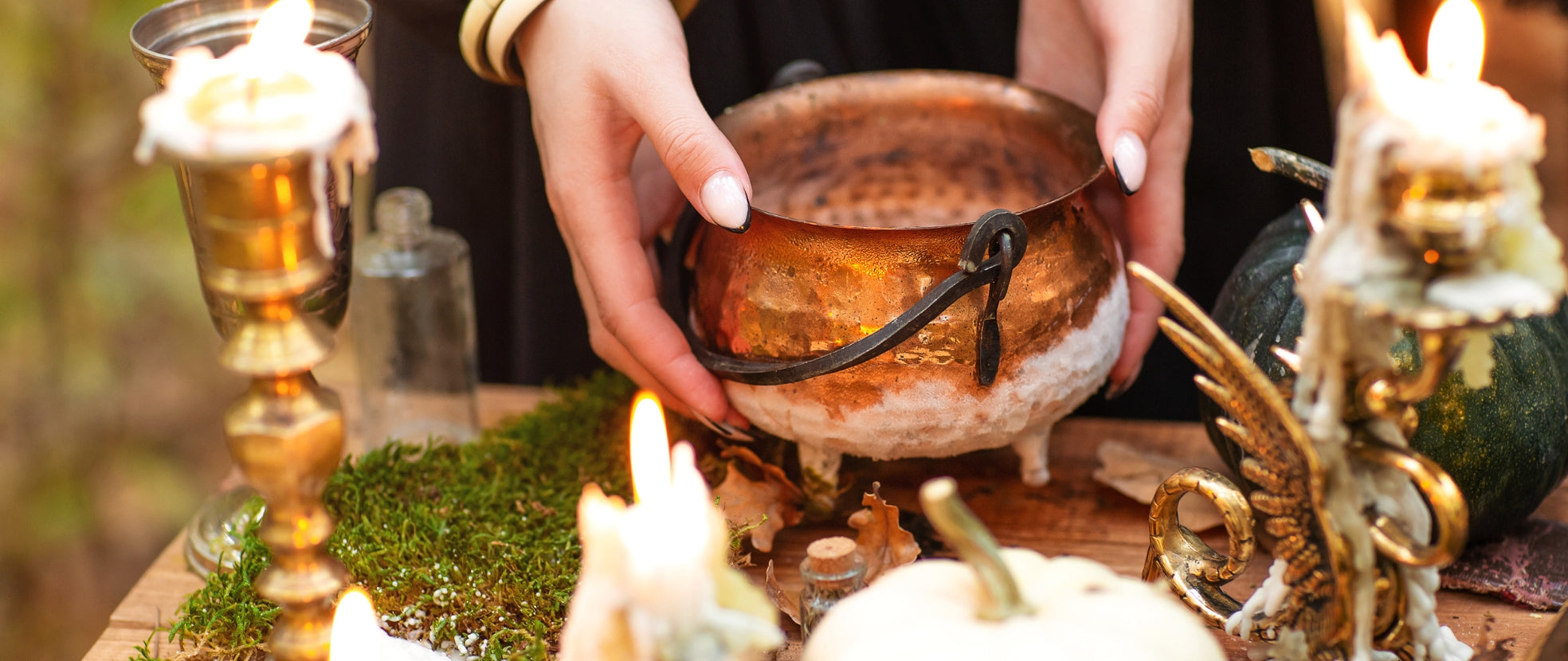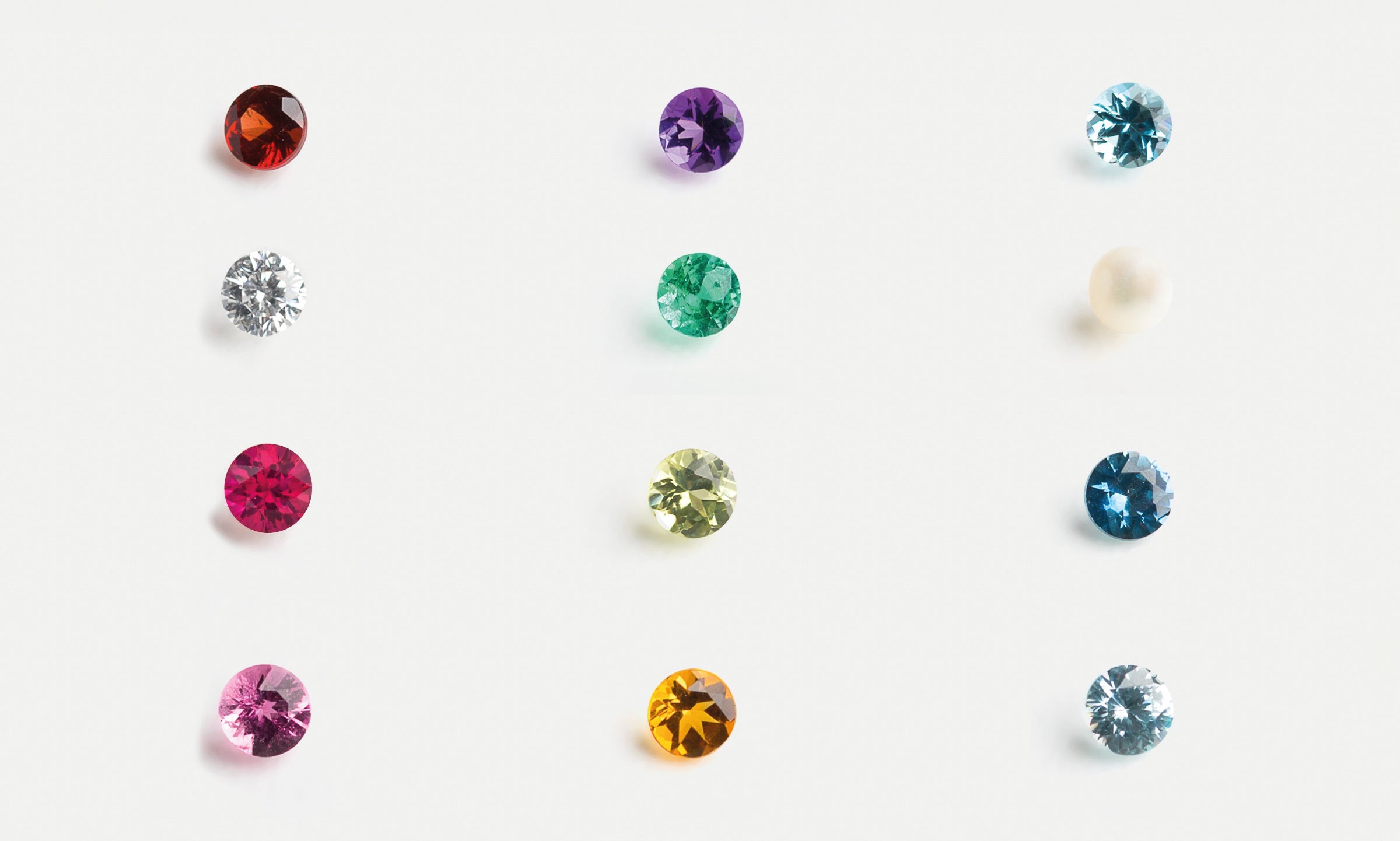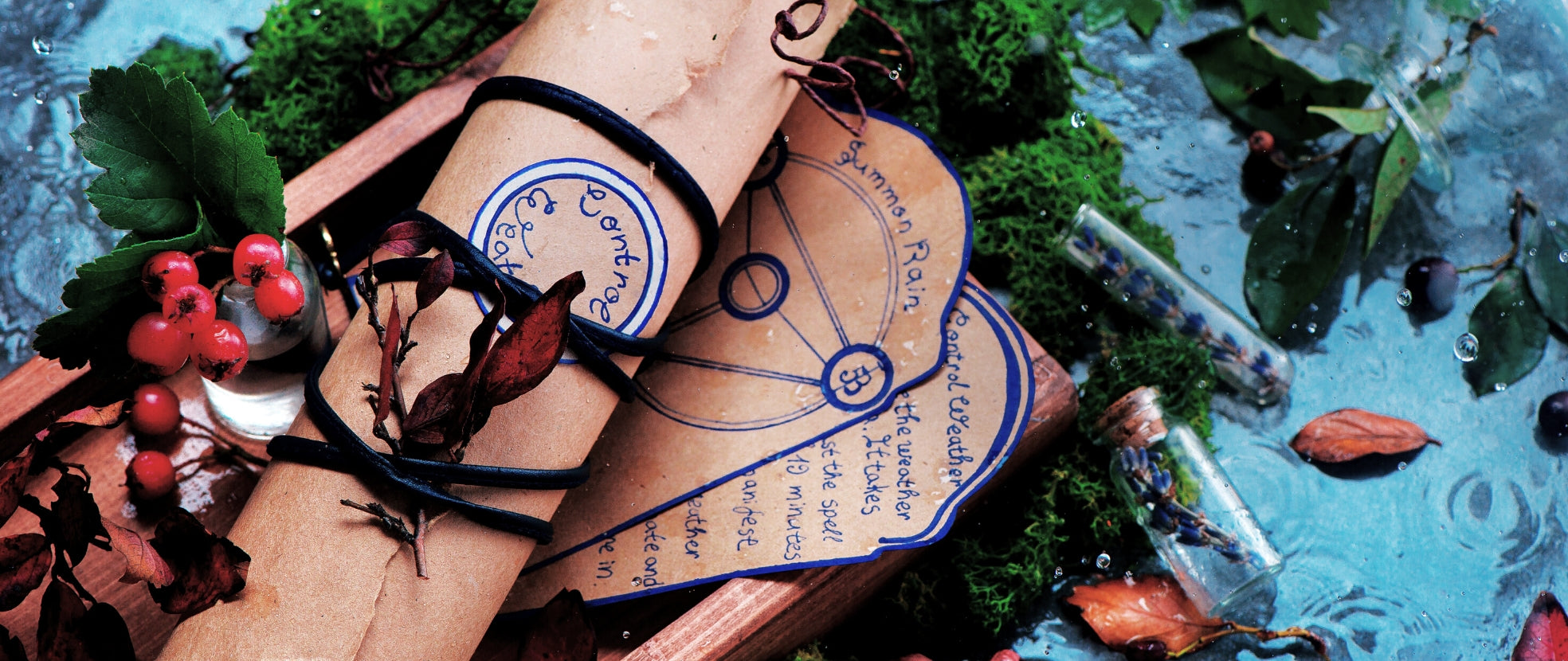Cassiteritestones are common, and they don't look that attractive or spectacular to the eyes because they're very unassuming and small. It can be yellow, yellow-grey, red, white, and colourless. Cassiterite derives its name from the Greek word kassiteros which means “ tin. It can be found all over the world, and the most significant mineral deposits of Cassiterite are in Russia, the Czech Republic, Bolivia, Mexico, Peru, the USA, Congo, Namibia, Nigeria, China, and Australia.
The Physical Properties
Cassiterite is a tin oxide, which is why it's known as the Tin Stone. It is abundant in its rough mineral form, while the transparent gemstones are quite rare. Due to its rarity, Cassiterite is also known as a collector's gemstone. On the Mohs scale of mineral hardness, it lies between 6-7. Relatively hard and durable, the stone is suitable for making jewelry. Cassiterite must have an attractive colour, be of high clarity, free of fractures, and transparent to be ideal for cutting gems. When cut properly, it can be a beautiful stone. However, not many people have even heard about the stone, which is why there's almost no demand for it and you probably won't find it in a jewelry store.
The History
Cassiterite is important as tin ore, and its mines have been worked since 2000 BC. One of the oldest known mines is in Cornwall (England) and is completely exhausted of all Cassiterite minerals. The Roman invasion of Britain was caused by the Romans desire to control their Cassiterite exports. Cassiterite was a significant discovery during the Bronze Age, and it was used to form the alloy bronze, fueling the then technological advancement. Forming the alloy bronze was done by adding heated Cassiterite to molten copper.
The Lore
Also known as the Tin Stone, Cassiterite is a stone of divinity. It's a strong grounding stone (often used for the states of deep meditation) and is helpful for problem-solving (particularly in situations that involve mathematics.) It is believed that the stone can increase one's intellectual abilities and balance the flow of chakras. One of the strongest crystalbeliefs is that the stone can alleviate suffering related to death by helping guide the soul of the deceased to the afterlife and eternal light. Cassiterite is said to help with the process of one's reincarnation.
The Metaphysical Properties
Cassiterite is a stone of personal protection that helps to protect its owner against negative energies by deflecting them back to the sender. It acts as a support stone for those engaged in shamanic activities as it can help channel one's divine light into their physical body. One of the most known powers of Cassiterite is its ability to support its bearer break down old patterns and structures and provide the energy needed for making new creations. Those who use it in meditation will become familiar with crossing different interdimensional gates and thresholds. Thus, the gem is ideal for shamans, mediums, channelers, and others who are working with other worlds.
When it comes to healing old and buried childhood issues, Cassiterite is there to help one get rid of negative energies that are holding one back from their life journey.





